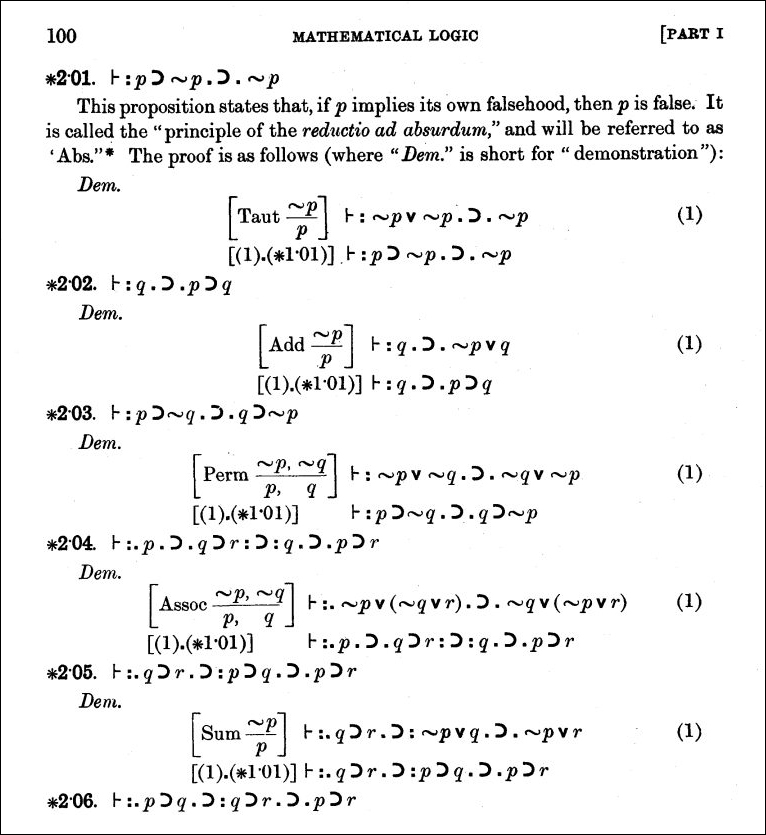Science is stranger than sci-fi is proven again as an idea to explain some core concepts of quantum mechanics, is leading to a theory of the future affecting the past writes Satyen K. Bordoloi.
A common cultural phenomenon worldwide is to pray after a tragedy. A plane has crashed and relatives pray that their loved ones be found alive. It is counterintuitive because the accident has already taken place so logically what relatives are praying for is that their prayers would somehow travel through time and affect the past.
This retroactive effect of prayers might sound stupid, almost sci-fi, but you will be surprised in another context it has become part of science as the principle of retrocausality or – hold your breath – the effect changing the cause. How we came to this point is as fascinating as it is mind-bending science with the potential – if proven true – to alter everything we understand of the world.

(Image Credit: Stable Diffusion)
Entanglement
Quantum entanglement is one the hardest things to explain in the universe. Not how it is formed, but how two entangled particles can communicate almost instantaneously through a vast distance. It is the one that let Einstein make his ‘spooky action at a distance’ comment because that is what it is. A particle split in two, based on the principle of conservation of energy, will behave in opposite ways. But since every particle is both a wave and a particle, it is only when we observe one, that their state is determined. If one has been detected to have a particular property – say spin up, the other – no matter how far it is – will display the opposite property i.e. in this case, spin down. It is like the two particles are communicating instantaneously across vast distances without any form of communication between them.
This literally seems like magic and has ‘spooked’ scientists for a century since the basic principles of quantum physics were put out. There was little to explain this and other principles of the quantum world and what did explain it, was fantastical – like the theory of multiverses or multiple universes which seem to be the staple of failing superhero film franchises these days. Other principles, like the QFT or the Quantum Field Theory, were better at explaining this.

QFT is the idea that all matter and energy everywhere in the universe are made up of fields. Different particles are associated with different fields or waves that extend through the expanse of the universe e.g., there is an electron field for electrons, a photon field for photons, a Higgs field for Higgs boson particles and so on, and the world as we know it is an enveloping of these fields or layers atop/around each other. Hence, when two particles are entangled, they are created in a single quantum field which means they are always correlated even when separated by a large distance i.e. space is irrelevant in such a single field.
It is still hard to accept and has left the field open for many other theories, the most promising one and which seems to be gaining some currency is retrocausality.
What is Retrocausality
In simple Wikipedia terms, “Retrocausality, or backwards causation, is a concept of cause and effect in which an effect precedes its cause in time and so a later event affects an earlier one. In quantum physics, the distinction between cause and effect is not made at the most fundamental level and so time-symmetric systems can be viewed as causal or retrocausal.”
It seems counter-intuitive. You threw the bottle at tremendous pace at the wall, and it broke because of that. The breaking was the effect that was caused by you throwing it at the wall. It cannot, it seems obvious to us, be that we threw the glass after it broke. That seems common sense. It does so to us, not to science. Sherlock Holmes’ “when you have eliminated the impossible, whatever remains, however improbable, must be the truth” is the motto of quantum physics that defies common logic.

Science does not work on assumptions, even of logic. Hence mathematician Bertrand Russell’s magnum opus “Principia Mathematica” begins with the very basic axiom that 1+1=2 and takes 360 pages to prove it (read it here). Science is based upon, yes, theories initially, which must then have a bedrock of unalterable proofs.
Hence, what we do not realise about the glass breaking after we throw it example, is that it is based on the most fundamental assumption that time moves only in one direction. What if it did not? What if like we can rewind a VCR and look at the footage in reverse, that the glass left your hand at speed after it broke? The flow of time is what gives us a feeling of cause and effect. Remove time from the equation, or even make it non-unidirectional and all kinds of new realities, possibilities and ideas emerge, including retrocausality.
How does Retrocausality explain Entanglement

(Image Credit: Stable Diffusion)
Two particles separated by great distances sharing a similar fate is hard to explain in normal terms. But if retrocausality is possible, it means that the measurement of one entangled particle causes a change in the other particle even though the measurement is in the future. E.g., let us assume you have two entangled particles: A and B. You measure the spin of A and find it is ‘up’. As per classical physics, this should not affect particle B in any way. But if retrocausality is possible, then it means particle B already knew what A’s measurement would be, and thus had already changed before the measurement was even taken aka it is retrocausal.
Humans are hard-wired for cause and effect. Not science. Even before quantum physics was discovered in the 1920s, Bertrand Russell had – in his 1913 work ‘On the Notion of Cause’ stressed that there should be no place for causal notions in fundamental sciences including physics as it serves no purpose. He used differential equations to explain this.
Applications of Retrocausality
In essence, retrocausality upends a large part of the world as we understand it. But it can have practical uses in the future. If it is true, it means the quantum world is not as complicated as we imagine even though we are introducing the extremely complex notion of time travel into it. Besides answering Einstein’s ‘spooky action at a distance’, if it can be harnessed somehow, it opens up avenues for say better and speedier quantum computers, exponentially faster than those we know right now. Its use has also been predicted in medical imaging.
The other ‘application’ and I say it with a million pinches of salt, is – as you might have guessed – in time travel. If linear time does not exist in the quantum world, that means time travel in theory is possible. Maybe not time travel as we have seen in cinema so far, but more of a better understanding of time.
Take the hauntingly moving, mind-bending, alien-visitation film Arrival which seems to hint at this sort of retrocausal understanding of time. The protagonist, a linguist, grieving her child, after encounters with an alien civilization, comes away realising that grief comes when you think of time as linear. You had someone and then you lost them causing you pain. But if you see time like a circle, life as a circle, you come back to the point you had left behind.
So, the next time you find yourself praying after a tragedy, take heart. Maybe you are right and your prayers are indeed travelling back in time to alter the outcome. That is not the power, but the prayer of retrocausality.
In case you missed:
- Why a Quantum Internet Test Under New York Threatens to Change the World
- Quantum Internet Is Closer Than You Think, & It’s Using the Same Cables as Netflix
- Microsoft’s Quantum Chip Majorana 1: Marketing Hype or Leap Forward?
- Google’s Willow Quantum Chip: Separating Reality from Hype
- Alchemists’ Treasure: How to Make Gold in a Particle Accelerator (and Why You Can’t Sell It, Yet)
- Quantum Leaps in Science: AI as the Assembly Line of Discovery
- How Old Are We: Shocking New Finding Upends History of Our Species
- When Geniuses Mess Up: AI & Mistakes of Newton, Einstein, Wozniak, Hinton
- Prizes for Research Using AI: Blasphemy or Nobel Academy’s Genius
- Tears of War: Science says women’s crying disarm aggressive men









